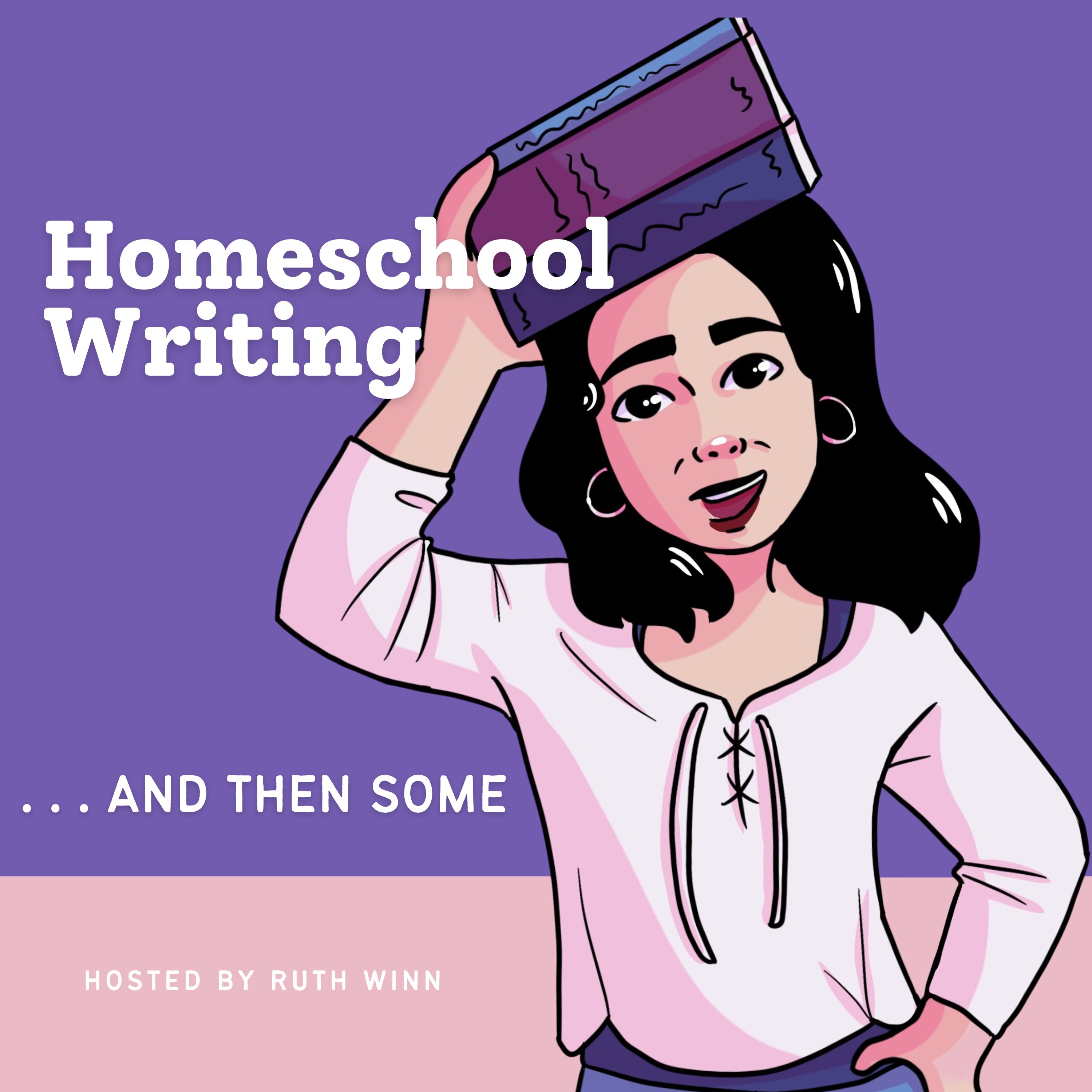Welcome to My Blog
I know you are probably busy juggling 50 different things right now. Driving kids to co-ops and practices, trying to get that last math test graded. And thinking about dinner. Do you have what you need to throw together a meal, or do you need to figure out how to swing by the grocery store? And let’s not even talk about the laundry! Homeschool moms are probably the busiest people on the planet.
The purpose of this blog
So let me tell you quickly what this blog is about. This blog is about helping moms teach writing and literature to middle and high school students who do NOT excel in these subjects. I’m talking about the students not exceling (although it might apply to the moms too!). Maybe these students are struggling because they don’t like to read or to write. It’s not that they don’t know how; it’s just that they don’t want to spend much (or any) time doing it. Or maybe they are clearly gifted in some other area such as math or science or music, and that is what they want to spend the bulk of their time on with just enough of English class to get by. Or maybe these subjects are just hard for them to wade through for whatever reason, and they would benefit from a simple, basic approach without a lot of extra fluff.
So if your child loves to read and spends her free time composing literary masterpieces, then this probably is not the blog for you. But if you want some help streamlining English class to make it easier and less frustrating for your teen who is not in love with lit or the writing that comes with it, then you have come to the right place.

How I became a homeschool mom…
First, a little more about my background. I was one of those bookworm girls whose nose was always in a book. I kind of still am. I love to read, love to write. It’s in my blood. So it made sense that when I went to college, I majored in English. I got my Master’s Degree and almost a Ph. D. I had planned to be a university professor, but God had other plans for me. Instead, I found myself blessed with the responsibility of homeschooling my three amazing kids. I hadn’t really planned to homeschool, but when my oldest child, Ty, was diagnosed with dyslexia (I think they call it something different now, but back then, that was the name), it made sense to educate him at home so he could get extra help. He was in second grade when we started homeschooling. Elementary school was rough, but through many struggles and tears, Ty learned to be a competent reader. However, he never enjoyed reading. Still doesn’t. He’s a high-school senior now, a dual-enrolled student at community college, taking English/Comp classes just to get them over with, not because he likes them. As someone who loves books so much, I’m a little sad about that, but I understand that it’s probably hard for him to enjoy something like reading when it requires so much effort. [Update: Ty has since graduated from high school and currently is a model college student majoring in business. He was definitely a late bloomer!]
My other two children, Aaron and Amelia, have not had to overcome a learning disability. Let me talk about my daughter first. She is in seventh grade, and loves to read and write. A kindred spirit!!. As she progresses in her academic career, I will put her into a curriculum that allows her to dive deeply into literature and writing. AP English courses are probably in her future too. If your kids are advanced like she is, then you are not the target audience for this blog although you still might glean a few insights.
The kid who hates to read (and write)
But if you have a child like my dear son Aaron, then stay tuned. The idea for this blog grew out of my challenges with Aaron. Let me tell you about him. He is in ninth grade, nicest kid you ever did meet. But he will do anything to get out of reading, and trying to get him to write makes the labors of Hercules look easy in comparison. And it’s not that I didn’t lay a good foundation. I did everything the experts tell you to do to cultivate a love of reading in your child. I read out loud to him every day from the time he was born. He fell asleep listening to audio books, and after he learned to read, he spent some quiet time every day making his way through chapter books. But gradually his interest began to wane in story time. When my other two children were begging me to read just one more chapter, he was usually dozing on the couch. By the time he entered middle school, he was actively resisting any reading at all despite many efforts to present him with stories he might like about animals or sports or funny events.
Our curriculum for history and English was reading intensive to say the least, and it didn’t take me long to realize that Aaron was not going to keep up at the prescribed pace. I would give him the weekly assignment, but when discussion time rolled around at the end of the week, it was obvious that he hadn’t read much, if any, of it. Unless I had read the book myself, it was impossible to keep him accountable on a daily basis. If he had a writing assignment or questions to answer that went with the curriculum we were using, they were usually for the week, not the day. Even if I had read the book and knew for a fact that he had done nothing but skim it, I learned that it was an exercise in futility to make him attempt to re-read it because he would claim it was too hard or he didn’t understand it.
For a while, we read books together, each taking turns reading out loud. But as you might guess, that was very time-consuming, and it became next to impossible to keep up with the workload. I learned a couple of things from this. First, it reassured me that Aaron did indeed know how to read the words on the page. He might not understand them, but he could decipher them. Second, I learned that he did not have much trouble understanding what he was reading IF he actually took the time to read closely, and if I asked him basic questions about the text.

How I changed the way I taught…
I see this post has gotten really long, so I’m going to wrap it by quickly summarizing the plan I developed for him based on these insights.
–Assign a lot less reading.
–Break the reading assignment into manageable chunks that he can read every day and give him a set of questions to answer as he goes along. These are not questions that ask him to interpret, but basic content questions that encourage close reading.
–Provide a simple overview at the end of the week that touches on the main elements of the text. I also like to provide a snapshot of the author.
–Assign a brief essay question that encourages him to apply the material I covered in the overview.
This simplified approach has helped him become more adept at reading texts. I don’t want to mislead you into thinking that this is all we do for English class. There are other components pertaining to vocabulary, grammar, and writing that I add in as well, but I’ll save that discussion for another post.
In short, my vision for this blog is to offer a wealth of practical guidance that is geared toward teaching the student who is average or below average when it comes to the language arts. I’ll share strategies that I use with my own children as well as the students I teach in my co-op.
I love to hear from my readers, so please feel free to ask me questions or to suggest topics you’d like to hear more about.
